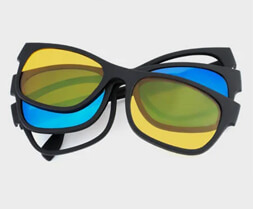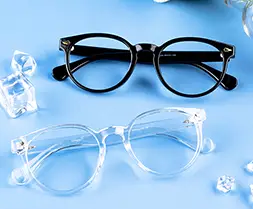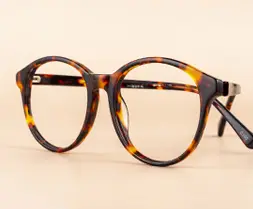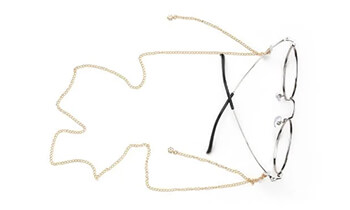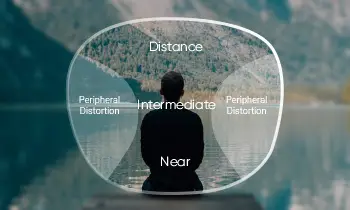People who wear glasses have a slight habit of straightening them in their hands and often feel your eyeglasses frame is "run" after a period of time. Unfortunately, most people who wear glasses have experienced the "pain" caused by the "running" of the glasses.

So, how did the glasses frame slowly "go out of shape"? If you can pay more attention to some of your small habits, you will find a lot of clues.
Reasons why glasses become crooked
1. Accustomed to one-handed removal of glasses
Most people are used to putting on and taking off their glasses with one hand, thinking it is convenient and handsome. Most glasses have hinges between the frame and the temples, with screws or springs in between.
Whether you take off or put on your glasses with one hand, you pull apart one side of the glasses frame first, resulting in the other side of the temple still being on top of your cheek. In the long run, one side of the glasses temple will have a loose screw, and the next step is the deformation of the temples; the screw falls off, and the glasses frame falls apart.
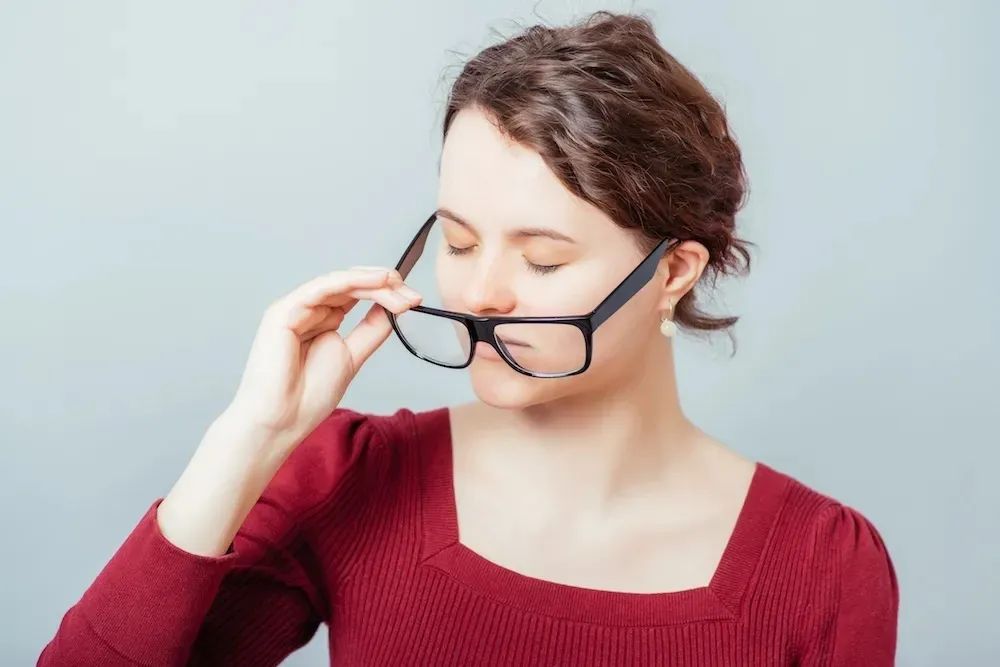
2. High and low ears
During growth and development, humans do not strictly adhere to the principle of left-right symmetry. Therefore, as a person grows and develops, it is not uncommon for the left and right ears to be different in height, except that most left and right high and low ears are only to the extent that they are unrecognizable to the naked eye.
Although high and low ears may cause an imbalance in eyeglass frames, this problem can be solved with reasonable adjustments. However, if the frames are not adjusted carefully enough during the prescription, or if the eyes do not pass professional optometry, the lack of necessary adjustment steps may lead to the appearance of high and low ears.
3. Improper storage
We wear eyeglasses every day, and many people are used to taking them off and putting them everywhere. For example, put them on benches, tables, chairs, or beds.
Even if the glasses are placed correctly, over time, there will be a degree of screw loosening and dust and grease accumulation caused by frequent friction and collision with the table, chair, and bench.
Hazards of wearing crooked glasses
1. Dizziness and blurred vision
Generally speaking, if the position of the nose pads of the eyeglass frame does not match the bridge of the wearer's nose, the length of the bend point of the temple is not suitable, the frame is too big or too small, or even the size of the lens, etc., it will cause the position of eyeglasses is not suitable. If we wear this kind of glasses for a long time, there will be a certain degree of dizziness and blurred vision.
2. Offset of the central point of the eye
Inconsistencies in the height of the eyeglass temples, inconsistencies in the height of the wearer's two ears, and deformation of the nose bridge of the eyeglass frame can lead to inconsistencies in the height of the left and right rims of the eyeglasses. The consequence is that you cannot accurately see things through the optical center of the lens, and in the long run, this will lead to a shift in the central point of the eye gaze.
What to do if glasses are "out of shape"
Assuming that your eyeglasses frame has been deformed to a greater or lesser extent, those who can do it themselves are advised to follow the instructions and make the appropriate adjustments. Of course, the best solution is to find a relevant professional organization nearby to make adjustments.
Finally, I remind all who wear glasses simultaneously that they must learn to take them off with both hands! If your eyeglass frames have been seriously deformed, replace them with a new pair!








